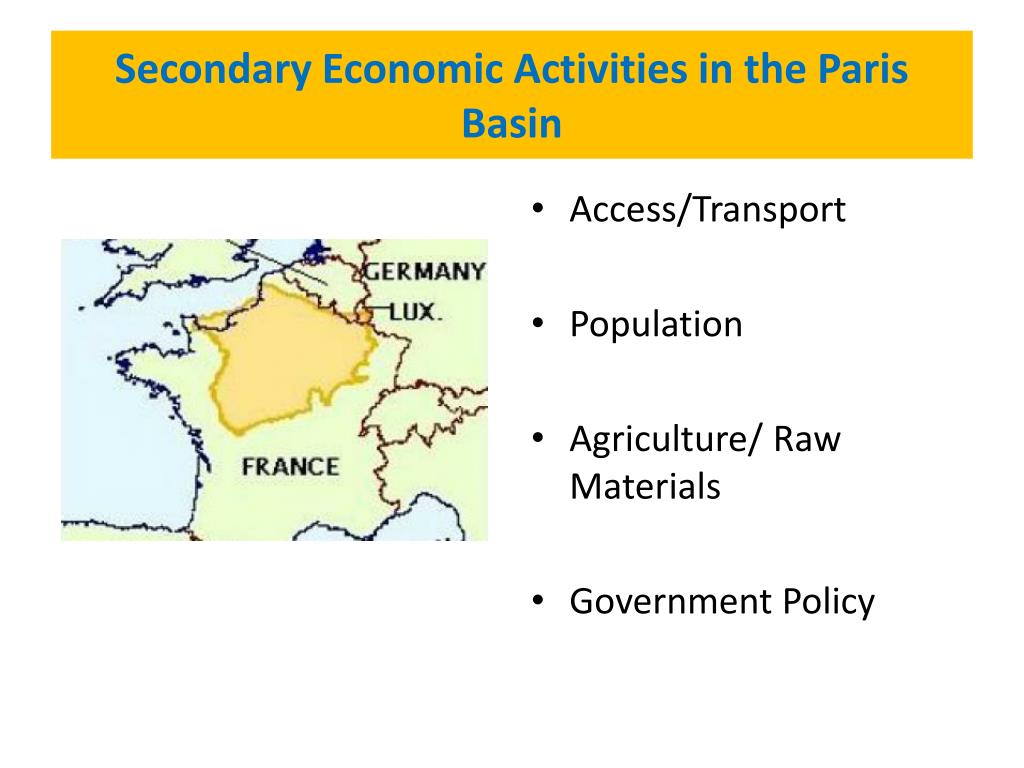

Ideally, fabricating thermoplastic (TP) or thermoset (TS) plastic products will be finished as processed. A set of rules have been developed and used by equipment manufacturers that help govern the communication protocol and transfer of data between primary and auxiliary equipment. The application of microprocessor- and computer-compatible controls that can communicate with the line (train) results in pinpoint control of the line. They have become more energy-efficient, reliable, and cost-effective. It is important to properly determine requirements and ensure that the AE interface into the line (size, capacity, speed, etc.) otherwise many costly problems can develop. Example of an extrusion laminator with auxiliary equipmentĪ few of the many AE are accumulator, assembly, blender, bonding, chemical etching chiller, cooling, computer, flash remover, conveyer, cutter, decorating, dicer, die heater, dryer, dust recovery, engraving, fabricating, fastening, feeding, finishing, gauging, granulator, 470 grinder, heater, instrumentation, joining, knitting, labeling, leak detector, loading, machining, material handling, measuring, metering, mixer, mold extractor, mold heat/chiller, monitoring, part handling, pelletizer, plating, polishing, primary machine component, printing, process control for individual or complete line, pulverizing, purging, quick mold or die changer, recycling system, robotic handler, 177 router, saw, scrap reclaimed, screen changer, screw/barrel backup, sealing, separator, sensor/monitor control, shredder, software, solvent recovery, solvent treater, statistical process controller, statistical quality controller, storage, take-off equipment, testing equipment, trimmer, vacuum debulking, vacuum storage, water-jet cutting, welding, and others.ĪE can sometimes cost more than the primary equipment. This chapter provides an overview to this very large market ( Figures 18.1 and 18.2).

Examples of this equipment have been reviewed throughout this book. There are many different types supporting non-automated to automated upstream and downstream production in-line or off-line systems maximizing the overall processing efficiency of productivity and reducing operating cost. This type equipment is required in order to produce products that fit into the overall manufacturing cycle. Auxiliary equipment (AE) supports the primary equipment.

( Chapters 4 to 17 Chapter 4 Chapter 5 Chapter 6 Chapter 7 Chapter 8 Chapter 9 Chapter 10 Chapter 11 Chapter 12 Chapter 13 Chapter 14 Chapter 15 Chapter 16 Chapter 17). Primary equipment refers to the machine that fabricates a product such as an injection molding machine, extruder, blow molder, thermoformer, etc. These lines have primary and auxiliary equipment. To provide the millions of plastic products used worldwide many different fabricating lines are used. Within the plastics industry an important part is the machinery auxiliary sector also called secondary sector.


 0 kommentar(er)
0 kommentar(er)
